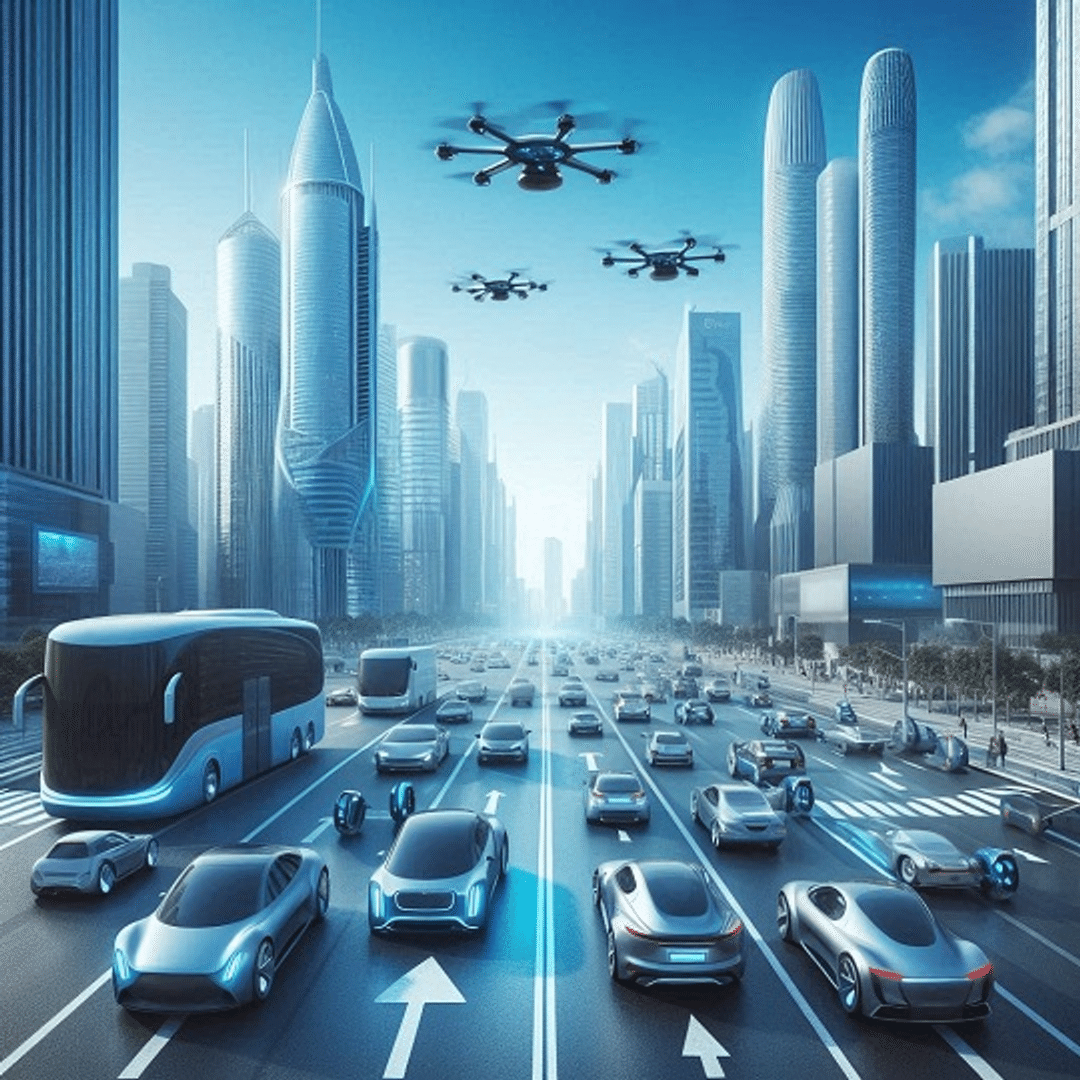Autonomous driving refers to the technology that enables vehicles to drive themselves without driver intervention. This technology is implemented by combining artificial intelligence, sensors, and precise maps, and it is attracting attention as a future mode of transportation.
Research Objectives and Importance
Autonomous driving technology has various advantages, such as reducing traffic accidents, alleviating traffic congestion, and increasing the convenience of transportation. Therefore, research on autonomous driving technology is very important.
Development Process of Autonomous Driving Technology
- Early Research and Attempts: Research on autonomous driving technology began in the mid-20th century, and initially, simple road driving experiments were the main focus. In the 2000s, large IT companies such as Google actively engaged in the development of autonomous driving technology, leading to significant advancements.
- Recent Development Trends: In recent years, autonomous driving technology has rapidly advanced along with the development of artificial intelligence and machine learning. Companies such as Tesla, Waymo, and Uber are making various attempts to commercialize autonomous vehicles.
Core Technologies and Components
Sensor Technology
Autonomous vehicles use a variety of sensors to perceive their surroundings. The main sensor technologies are as follows:
- LiDAR: Uses lasers to create a 3D map of the surrounding environment. It can detect obstacles and measure distances with high accuracy.
- Camera: Collects visual information to recognize road signs, traffic lights, pedestrians, etc. Image processing is performed through deep learning technology.
- Radar: Uses radio waves to measure the speed and distance of objects. It provides stable performance without being affected by weather conditions.
- Ultrasonic Sensor: Used for detecting nearby objects. It is used in parking assist systems, etc.
Artificial Intelligence and Machine Learning Algorithms
AI and machine learning technologies, which act as the brain of the autonomous driving system, analyze complex driving situations and determine the optimal driving route. The main technologies are as follows:
- Computer Vision: Analyzes images collected from cameras to understand road conditions. Object recognition and lane recognition are performed through deep learning.
- Path Planning: Calculates the optimal route from the current location to the destination. It finds a route that avoids obstacles and complies with traffic rules.
- Control System: Controls the vehicle's speed, direction, etc. It monitors the vehicle's status in real-time during driving and sends control signals.
Precise Mapping and Location Tracking Technology
Autonomous vehicles use precise maps to determine their exact location and plan routes. The main technologies are as follows:
- HD Mapping: Creates high-resolution maps that include detailed road information (lanes, traffic lights, signs, etc.).
- GPS: Tracks the vehicle's location using satellite signals. Provides real-time location information.
- INS (Inertial Navigation System): Tracks the vehicle's movement using accelerometers and gyroscopes. Used as a supplement when GPS signals are weak.

Autonomous Driving
Main Application Areas of Autonomous Driving
Automotive Industry
Autonomous driving technology is bringing about significant changes to the automotive industry. The main application cases are as follows:
- Autonomous Taxis: Uber, Didi, etc., are testing autonomous taxi services. These services can reduce taxi costs and increase convenience.
- Car Sharing Services: Autonomous vehicles can be operated efficiently in car-sharing services. Users can call a vehicle only when needed, reducing ownership costs.
Logistics and Transportation
Autonomous driving technology also plays an important role in the logistics and transportation industries. The main application cases are as follows:
- Autonomous Trucks: Autonomous trucks can increase efficiency in long-distance transportation. Driver rest time is reduced, and fuel efficiency is increased.
- Drone Delivery: Autonomous drones provide fast and efficient delivery services. They can be particularly useful in areas with difficult access.
Smart City and Public Transportation
Autonomous driving technology is considered one of the important elements of a smart city. The main application cases are as follows:
- Autonomous Buses: Introducing autonomous buses into public transportation systems can be expected to reduce operating costs and improve service quality. It can improve the convenience of transportation for the transportation disadvantaged, such as the elderly and disabled.
- Intelligent Transportation System: Autonomous vehicles and traffic management systems can be linked to optimize traffic flow and reduce traffic accidents.
Advantages and Challenges of Autonomous Driving
- Advantages of Autonomous Driving: Autonomous driving technology offers advantages such as reduced traffic accidents, increased fuel efficiency, and alleviation of traffic congestion. It also has the effect of reducing driver stress and fatigue.
- Technological, Legal, and Ethical Challenges: Autonomous driving technology still faces many challenges. In addition to technological issues, legal regulations and ethical issues must be addressed. In particular, the issue of liability when an autonomous vehicle causes an accident is an important issue.
Future Outlook and Conclusion
Autonomous driving technology will continue to advance, and the day when fully autonomous vehicles are commercialized is not far off. This technological advancement will bring significant changes to our daily lives. For this, continuous research and development are necessary, and the development of artificial intelligence and machine learning technology will play a key role.

Comments0